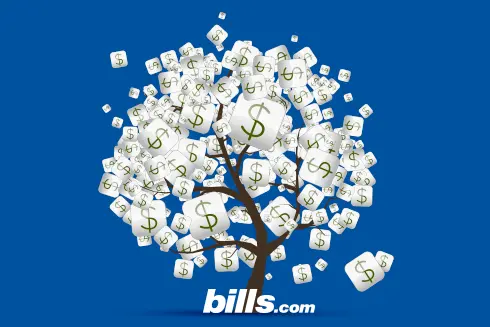
Get rid of your debt faster with debt relief
Choose your debt amount
Or speak to a debt consultant 844-731-0836
My sister owns three upside-down properties generating negative cash-flow. Is foreclosure the only option?
My disabled 54 year-old sister lost her husband last week and the family will be moving her into an assisted living facility. The monthly cost will consume her mo. disability social security pension and her company pension. They have 3 properties that they're upside down on including their primary residence. They also have $15,000 in credit card debt and a car loan of $14,000 (the car will soon be repossessed and sold at auction). Two of the properties are being rented at about 50% of the mortgage (one a section 8 arrangement). If she goes through foreclosure can she continue to collect/keep the rent? Since she can't pay the mortgages, is foreclosure on all three properties the only answer? What are her alternatives?
This answer assumes you have power of attorney for your sister. If not, either your sister or the person who has power of attorney will need to take action to resolve the credit card debt, the negative cash flow on the properties, and the possible foreclosure. This answer assumes the homeowner's economic situation will not change, and the properties will remain in a negative cash-flow state for the foreseeable future.
Foreclosure
Lenders would prefer to avoid foreclose on mortgages because foreclosure offers a poor economic return. Lenders foreclose only as a way of limiting losses on a defaulted loan.
Generally speaking, when homeowners get behind on mortgage payments, lenders will work with them to bring the loan current. To prevent foreclosure, however, the owner must stay in communication with the lender and be honest about the financial situation. The lender's willingness to help with current problems will depend heavily on past payment records. If the owner made consistent timely payments and had no serious defaults, the lender will be more receptive than if the person has a record of unexplained late payments.
Homeowners falling behind in payments or who know they are likely to do so in the immediate future should contact the lender right away to discuss alternative payment arrangements and thereby prevent foreclosure.
Alternatives to foreclosure
An agreement between the homeowner and mortgagee to prevent the loss of a home is called a loan workout plan. It will have specific deadlines that must be met to avoid foreclosure, so it must be based on what the borrower really can do to get the loan up to date again. The nature of the plan will depend on the seriousness of the default, prospects for obtaining funds to cure the default, whether the financial problems are short term or long term and the current value of the property.
If the default is caused by a temporary condition likely to end within 60 days, the lender may consider granting "temporary indulgence". Those who have suffered a temporary loss of income but can demonstrate that the income has returned to its previous level may be able to structure a "repayment plan". This plan requires normal mortgage payments to be made as scheduled along with an additional amount that will end the delinquency in no more than 12 to 24 months. In some cases, the additional amount may be a lump sum due at a specific date in the future. Repayment plans are probably the most frequently used type of agreement.
Forbearance
In some cases, it may be impossible to make any payments at all for some time. For those who have a good record with the lender, a "forbearance plan" will allow them to suspend payments or make reduced payments for a specified length of time. In most cases the length of the plan will not exceed 18 months and will stipulate commencement of foreclosure action if the borrower defaults on the agreement.
Making Home Affordable Refinance Program
If an Adjustable Rate Mortgage (ARM) reset or drop in income are causing the distress, the federal government home loan programs might be able to help. The Making Home Affordable Refinance Program (HARP) allows borrowers with mortgage debt of 80 percent to 125 percent of the home value to renegotiate the terms of their loan, in some cases without paying additional PMI.
Recommendations
Here, there seems little point in negotiating a forbearance or temporary indulgence if there is little hope of either the rent income increasing in the properties or the owner's income increasing.
Instead, contact the banks servicing the mortgages on the three properties and investigate the short sale or deed in lieu of foreclosure requirements for each lender and property.
You can find more information on the Bills.com foreclosure page.
You asked if your sister would be able to keep the rental income following foreclosure. The answer is no -- the properties and resulting income will be assumed by the bank.
Regarding the credit card debt, see the Bills.com resource What Are My Debt Consolidation Options? to learn the most appropriate options for this situation.
I hope this information helps you Find. Learn & Save.
Best,
Bill
www.bills.com/

Get rid of your debt faster with debt relief
Take the first step towards a debt-free life with personalized debt reduction strategies.
Choose your debt amount
Or speak to a debt consultant 844-731-0836